The Kingly Horror Trilogy
A Special Friday the 13th Post on my favorite horror trilogy and sneak prevue of October's short story!
One thing I regret about not being much of a horror fan when I was younger was the amount of quality horror movies and stories I could have started my journey into the genre with. In all fairness, a lot of horror is for older audiences anyway so I might not have appreciated them as much then (had I even been allowed to watch them) as I do now. One of my most favorite horror series I only recently added to my “Appendix N of Horror” is Sam Raimi’s Evil Dead trilogy. As with my Analog Horror post these don’t count towards my recommendations for this post, but I of course highly recommend putting these on for Halloween.
(Above: One of my earliest experiences I can remember with the Evil Dead films)
The first time I had been exposed to the series was on a family trip in a cabin nestled in the woods of North Carolina (which in hindsight was very fitting). My older cousin and his friend were watching Army of Darkness in the small room with a grainy TV. I remember sneaking glances from behind their chairs to see Bruce Campbell driving a slapped-together tank through an army of skeletons. The two older boys were laughing hysterically and saying that it was, “So bad it’s funny.”
(Above: The original poster of Evil Dead [1981])
Once I started overcoming my aversion to horror, the Evil Dead installments started showing up in videos and articles on “recommended horror films” or “best horror movie moments.” It wasn’t until college when I really considered watching any of the movies, but at that point it was a bit difficult to find a service to stream them on or a store that sold them as DVDs. I remember watching a trailer of the first movie and being absolutely enthralled by the grainy video quality and gruesome practical effects.
(Above: Linda as a Deadite from Evil Dead [1981])
It wasn’t until the October after I graduated college that I finally watched the very first Evil Dead. Serendipitously, it was the exact same date (October 15th) that it was released, or as Bruce Campbell (who portrays the main character Ash Williams) put it, “Escaped!” What initially struck me about the movie was its NC-17 rating, which in my generation is a very rare thing. I’m not sure if it would have received the same rating were it to come out today based on how desensitized most audiences are to shock and gore, or even feature half of the things that made it famous (the notorious tree scene comes to mind).1 What I really enjoyed was the gritty quality to the cinematography that modern cameras and effects seem to have totally done away with, and is a reason why I enjoy seeking out horror films that are a bit rough around the edges. Even the little things like the props of Naturum de Monto (Book of the Dead), the Kandarian dagger, and the tape recorder make this movie feel like a weird tale from the pulps put to the screen.
(Keen eyes will know that the above picture is from Evil Dead 2 but it was the only one I could find with aforementioned props)
One word that Guillermo del Toro used to describe the Evil Dead films was “juvenile” (in a positive way), which is how the three original entries feel, even the first, which is outright horror with few bars held. There is sincerity in every bit of Evil Dead where Raimi, Campbell, and everyone else involved in the difficult production put all they could into the film, working within the limitations and discomforts to create a very special horror experience.
(Above: Poster of Evil Dead 2 [1987])
There are very few sequels that can improve on an already fantastic film, but Evil Dead 2 managed to do just that. Out of the three movies (and the other spin-offs to follow), Evil Dead 2 is my absolute favorite. If given a single chance to introduce a friend to the Evil Dead trilogy, I would show them this one first. While some might wonder why I’d skip the first, it’s mostly for the sake of showing off the real attitude of the series. Raimi, given a larger budget and more experience in the film industry, seized the opportunity to turn his first movie into a more unique film outside of traditional horror. Evil Dead 2 still has all the hallmarks that made the first one great: the iconic backwoods cabin, the Book of the Dead (here called Necronomicon Ex Mortis),2 and the practical effects to name a mere few. However, it also enhances some things that appeared in passing in the first movie, namely the blood and body horror is amped up, as well as the mutations the Deadites bear (those possessed by the titular “Evil Dead”), and I would be dishonorable to not include mention of the iconic shotgun and chainsaw which were used sparingly in the first Evil Dead and built up to this amazing scene:
The above scene is also how I would introduce newcomers to Evil Dead if I only had a minute or less to explain the films.
While some commentators might call Evil Dead 2 “pulpier”3 than the first, I think it would be more fair to say that Raimi managed to have it come into its own with this installment. I believe it is something storytellers and filmmakers should take note of when it comes to “maturing” in style and skill. While it is important to grow as a craftsman for entertainment, there are ways to do it without sacrificing honest fun and passion for the types of stories you want to tell and Evil Dead 2 is a prime example of how to do it.
(Above: Army of Darkness [1992] poster)
Technically my first exposure to Evil Dead, I didn’t see Army of Darkness in its entirety until after I marathoned it with the first two. I recall seeing a preview of it on my family’s DVD bonus features for Mystery Men and—being young and averse to horror at the time—got scared by the army of skeletons. I distinctly remember being afraid of living skeletons for some reason as a very young kid. I’m not exactly sure what seeded that fear but it’s safe to say that has long since passed.
One thing I remember my dad saying about Evil Dead 2 (specifically about Ash) when we first watched it was that Ash was “more like himself” in it. If that’s the case, then most fans of the series would agree that Ash Williams in Army of Darkness is completely himself. He essentially is the S-Mart version of Holger Carlsen from Three Hearts and Three Lions by Poul Anderson, a classic American swashbuckling hero who fights for his life but also finds something to fight for. I was so entertained by Campbell’s role in this film that I both regretted not having seen Evil Dead sooner and immediately decided the following Halloween that I’d dress up as Ash.
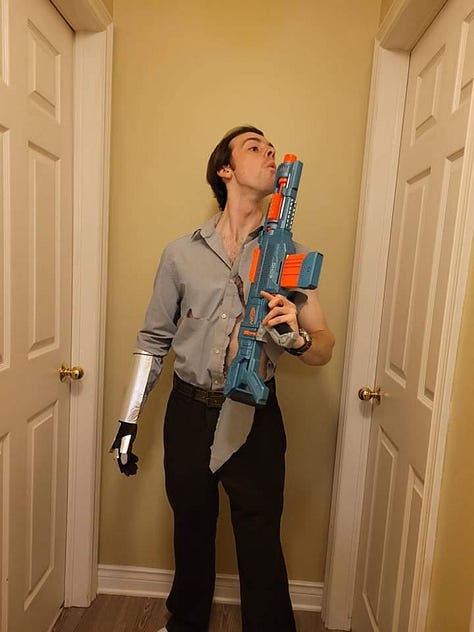
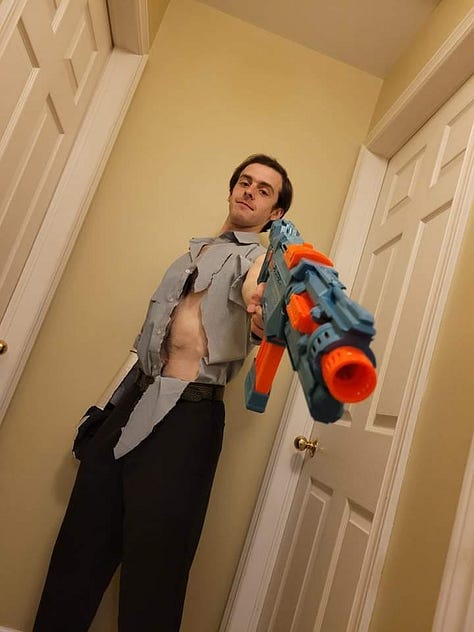
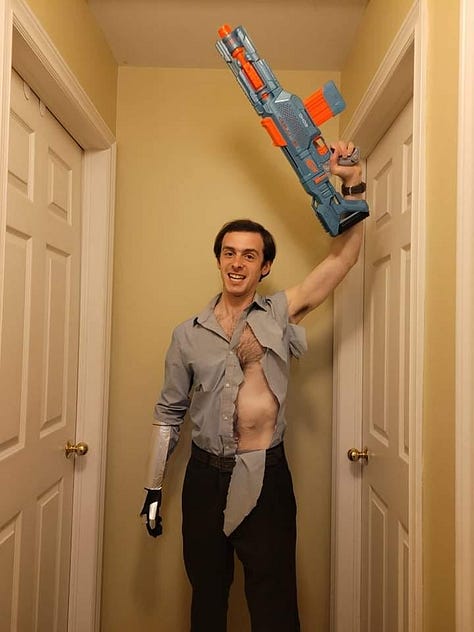
This movie, unlike the other two, is wholeheartedly and adventure movie. I’d watched some late ‘80s and early ‘90s sword & sorcery movies growing up (Krull and Legend spring to mind) and that is the same feeling I got when watching Army of Darkness. However, this s&s film of Raimi’s is steeped in more American bravado and tomfoolery (in the best of ways) despite being set in medieval Britain. It is, to me at least, more in the spirit of older s&s tales by having such a large emphasis on horror and a protagonist who is decidedly not a magic-user doing battle against supernatural forces. Ash Williams, by this point, has made a complete arc from a doomed Lovecraftian protagonist to a tougher final survivor to a legendary American sword & sorcery hero (or “shotgun & sorcery” as I’ve heard Evil Dead described).
One major reason that I’ve enjoyed Evil Dead so much is how confident it is in each installment. It knows what it wants to be and is not afraid to come in, kick in some Deadite teeth, and leave without further explanation. Even the most recent Evil Dead films (the remake and Evil Dead: Rise [2023]), although slanted more towards complete horror, remember well the gritty, claustrophobic origins of the first movie. Ash versus The Evil Dead was a fun way to celebrate and conclude the original trilogy, and definitely did not shy away from using more extreme gore like in the recent films.
If I were to take a trip to a cabin in the backwoods with my friends and in addition to an ancient Sumerians book of the dead there were VHS copies of the Evil Dead trilogy on the shelves, I’d pop those in as our “last watch” as the trees writhe to life, the walls of the cabin creak, and some dark voice on the wind drones, “Join us!” And that’s simply because Evil Dead is King, baby.
Thanks for reading! Leave a like, comment your experience with this classic horror trilogy, and spread the lore!
Keep reading for this post’s Halloween recommendations and the sneak prevue of October’s short story “The Spare Key”!
Autumnal Music: This isn’t for any particular artist or piece, but recently I’ve been listening to some moody music to put myself in the spirit of the season. Most of this has been dark or neo-folk music along with some classical music, all of which evoke visions of walking down leaf-covered trails in sleepy, golden sunsets. The following links are playlists on YouTube that I’ve alternated between during my listening sessions:
“Music for Samhain & Mabon Vol. 2”
The Houses October Built (2014): While I was averse to horror as a youngster, haunted house attractions (and adjacent events) were usually a hard “no” from me but one way or another I found myself inside them on occasion. As fun as I find them now, there is some unexplainable sickly feeling I get when I enter them or think about them; I’m not sure if its the smell of the costumes, the gory effects, or other atmospheric quirks of these places but I find myself a tad queasy and unable to think about eating or drinking anything. Houses October Built is that feeling made into movie form. It is a gritty found footage film that examines haunted house attractions, growing ever more disturbing and sickening as the plot unfolds. It doesn’t pass into the extreme territories of gore or torture, but is a very grounded example of horror where the only ghouls are flesh and blood humans who want to terrify.
“The Moon of Skulls”: The perfect Howardian hero to read for this month would no doubt be the swashbuckling Puritan Solomon Kane. One of my favorite Kane stories, “The Moon of Skulls” is equal parts horror and adventure, filled to the brim with inspiration for tabletop game masters looking to break the mold of obligatory haunted house/forest seasonal adventures when they could run an entire haunted city. It also has tidbits for fans of African folklore and Atlantean history. Read it and all the other Solomon Kane stories in this collection!
Wrinkles the Clown (2019): This documentary covers a brief period in recent history of the “Killer Clown Sightings” which took place in 2016. Although I didn’t experience any such encounters personally, I thought it was interesting and eerie how they were prevalent at the tail-end of the summer, then just vanished right after Halloween night. It certainly felt like some kind of odd passing horror story with unknown motives and causes (although it was likely just a bunch of pranksters). Wrinkles the Clown examines how this “fun fear” permeates online and affects children growing up in the digital age. It isn’t horror and no one is in actual danger in this documentary, but it’s at least an interesting look at how the younger generation is perpetuating their own ghost stories online.
“The Temple of Death”: A rather obscure folk horror story by A.C. Benson, this tale follows a Christian missionary in Gaul as he travels the countryside, yet discovers a terrifying holdover of the old religion. I’ve also chosen to recommend this one as it’s a sneak preview of next Wednesday’s topic: “Celtic” Horror.
Thanks again for reading! Comment your thoughts below if you checked out last week’s recommendations.
Also, be sure to refer a friend to Senchas Claideb using the button below and gain access to special rewards including a personalized Gaelic phrase and a free original short story!
Now for the sneak prevue of this month’s short story, “The Spare Key”…
At the start of the last week of October, I tasked my students with composing a narrative about an experience they had at Yarrow. The idea was to focus on the details that established the little world of the school. One young man was hesitant to read his aloud to the class and asked to show it to me during my office hours. Naturally, I agreed for he was shy and the class period was nearing its end.
He came to me in the final fifteen minutes of my hours; I had placed my desk by a window facing westward where I could watch the sun smolder orange behind the black mountains, followed by tracks of white and grey clouds. This student arrived just as the last line of the sun’s light winked over the dark ridge. He held the lined paper on which he had written his narrative, but it was wrinkled and torn at some of the borders as if he had been nervously plucking at it all day since class. His eyes too betrayed a sense of unease as he did not meet my gaze, instead staring out the window or towards the floor. I asked him to read out his narrative, which he did after a few moments of staring at the page. He let me keep the original so I’ve place it in this testimony for safekeeping—
“One day, I was all alone at Yarrow. None of my friends were playing outside or in class, and I could not find any of the teachers. I went inside the schoolhouse. I felt like someone was watching me as I went through the halls—just one person. I could not see who it was or hear anything at all. The halls were so quiet, but I could not hear the groaning or creaks or plumbing like I normally would have. My head felt heavy like I was tired, but I kept moving without knowing where I was supposed to go. I went up to the second floor. When I was on the stairs, I thought I was either going to fall or they were going to collapse. I went down the Hall of Heads and stopped in front of an old, dark wood door. Next to it, I saw an old man’s face glaring at me. He looked angry like I had done something wrong and was going to get written up for it. It looked like he was watching me from a mirror bordered in brass. I reached for the cold iron knob on the door and tried to turn it but it would not budge. My hand felt frozen to the knob; I could not let go. It was like something kept my fingers held tight onto it. Then I—”
“The Spare Key” will be available in full for all to read on Friday October 27th!
I say this fully aware of the 2013 remake, which admittedly improves on certain aspects of the original 1981 Evil Dead (the acting, character development, and parts of the story for example), but the remake came long after a cavalcade of mainstream horror movies, Saw sequels, and Saw rip-offs which contributed to increased tolerance for violence and gore.
Another reason I enjoy this series so much is the subtle Lovecraftian references to the Necronomicon and the “dead demons.”
There is a debate online concerning what the adjective “pulp” or “pulpy” means when it comes to certain media. While it is a passable term to use when describing something that relishes in its cheesy, sometimes transgressive attitudes, most scholars of the original medium would likely clarify the reality of the term.





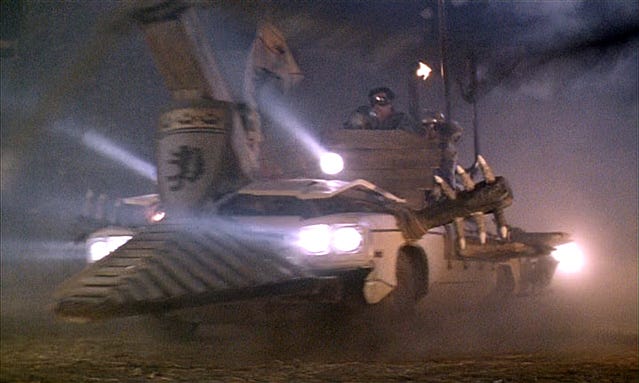
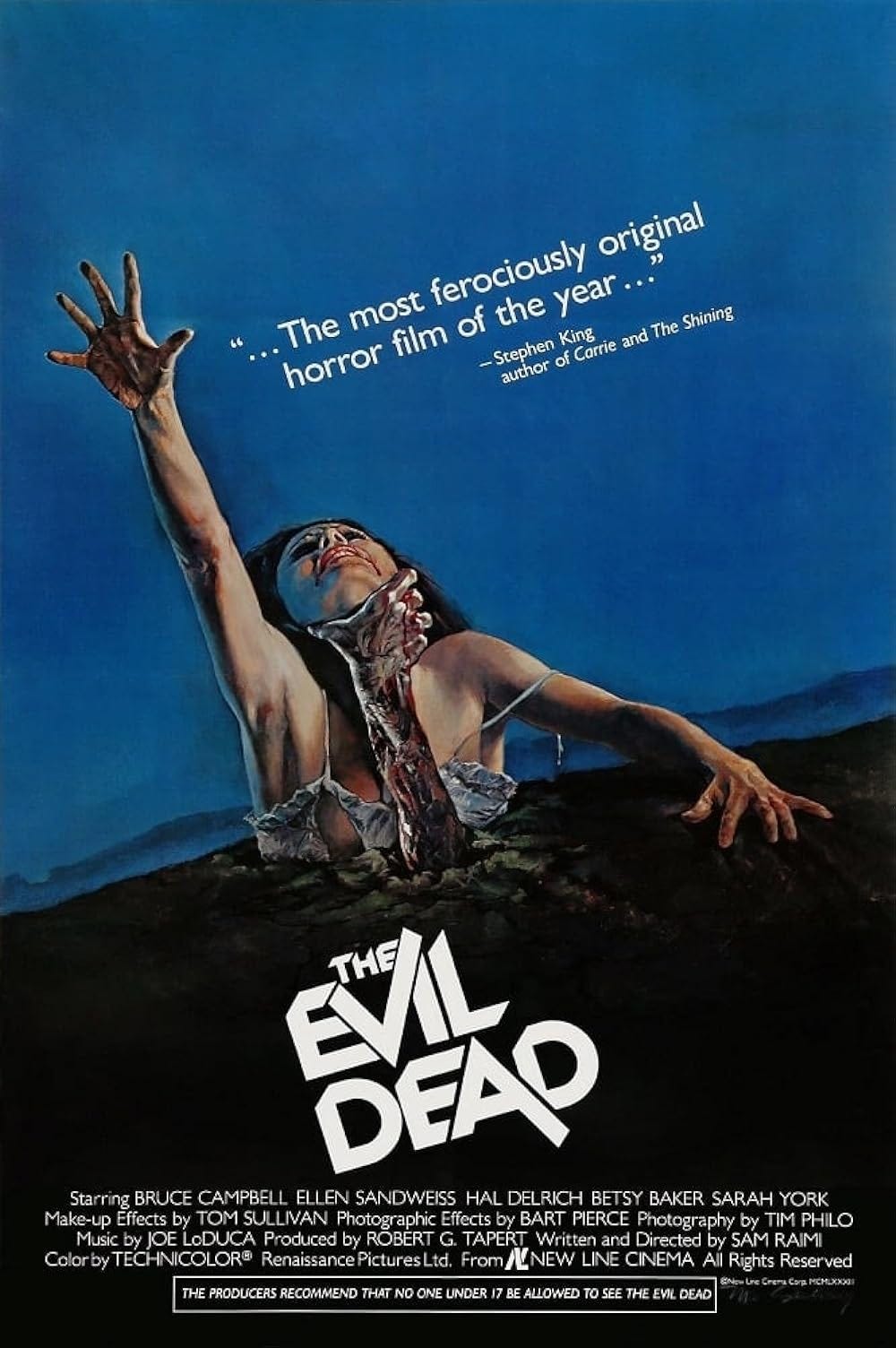
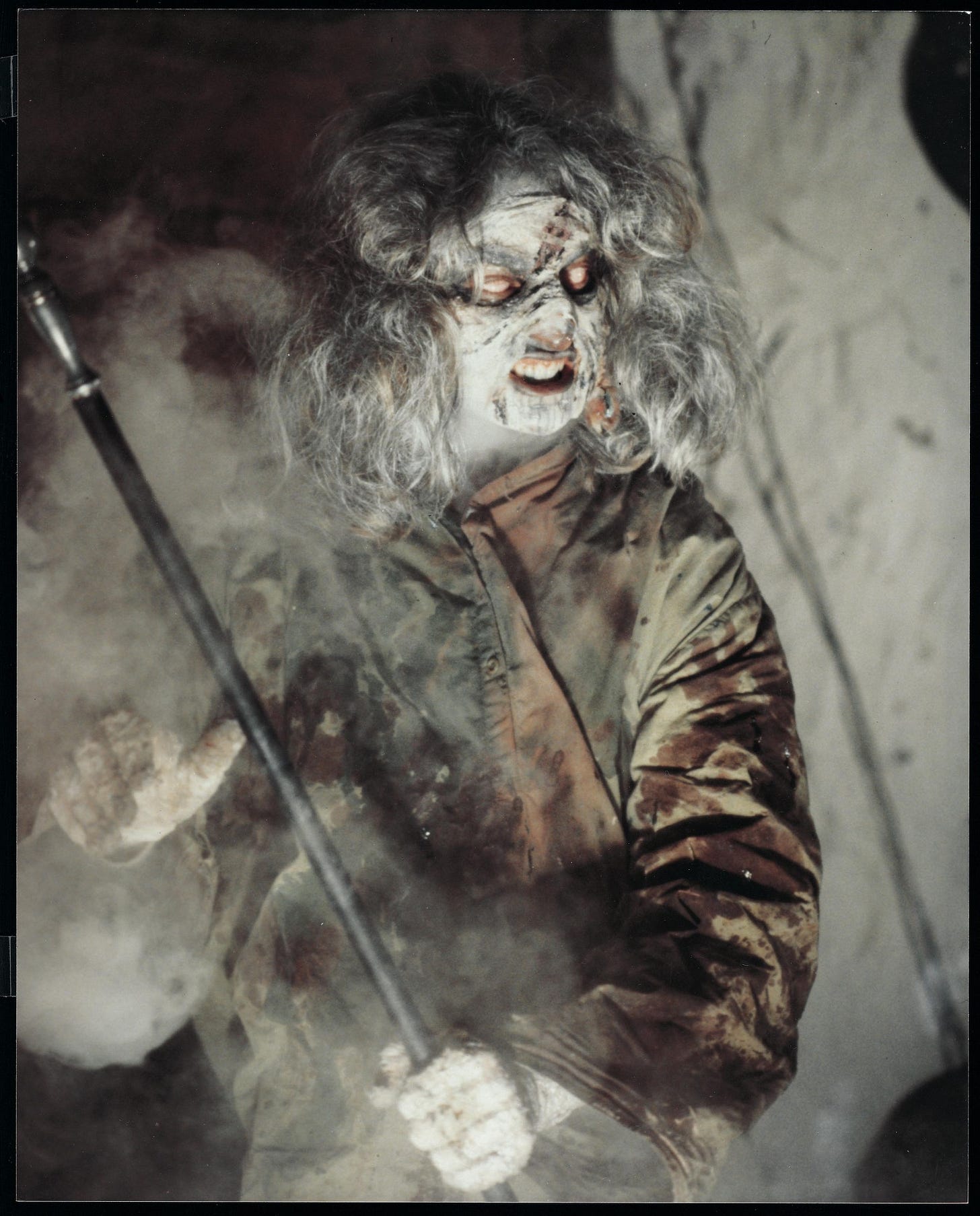
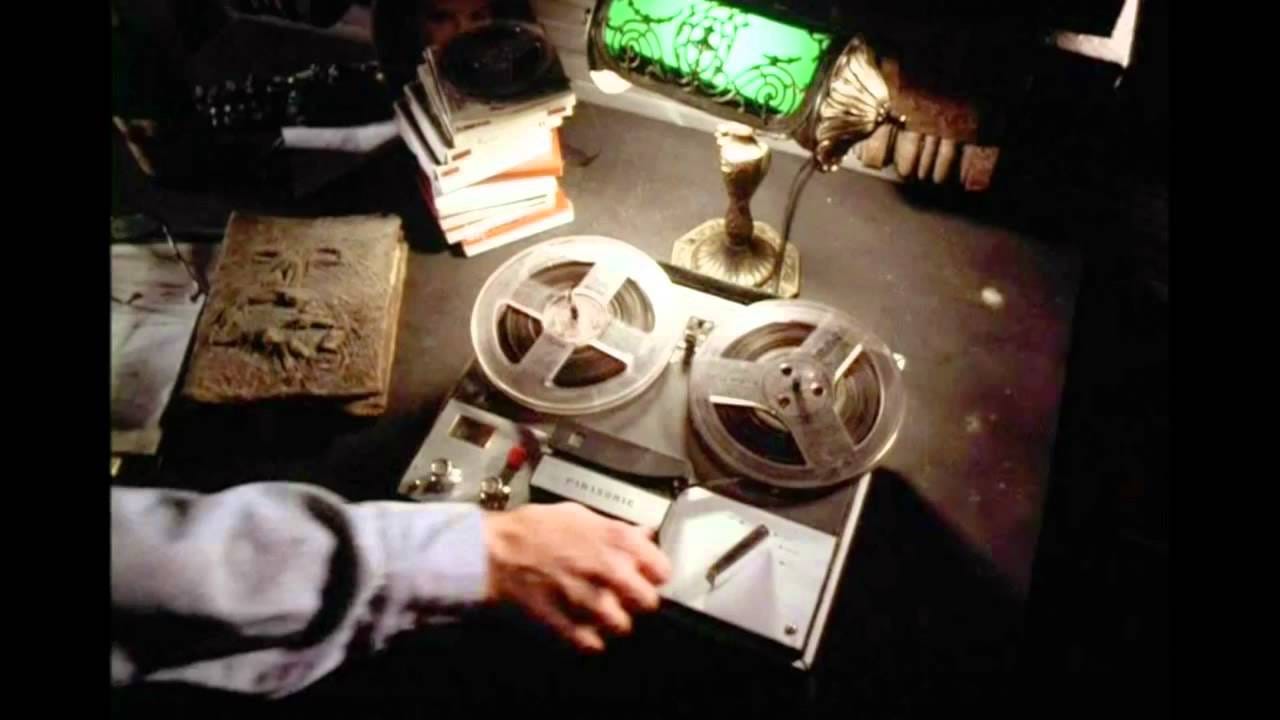
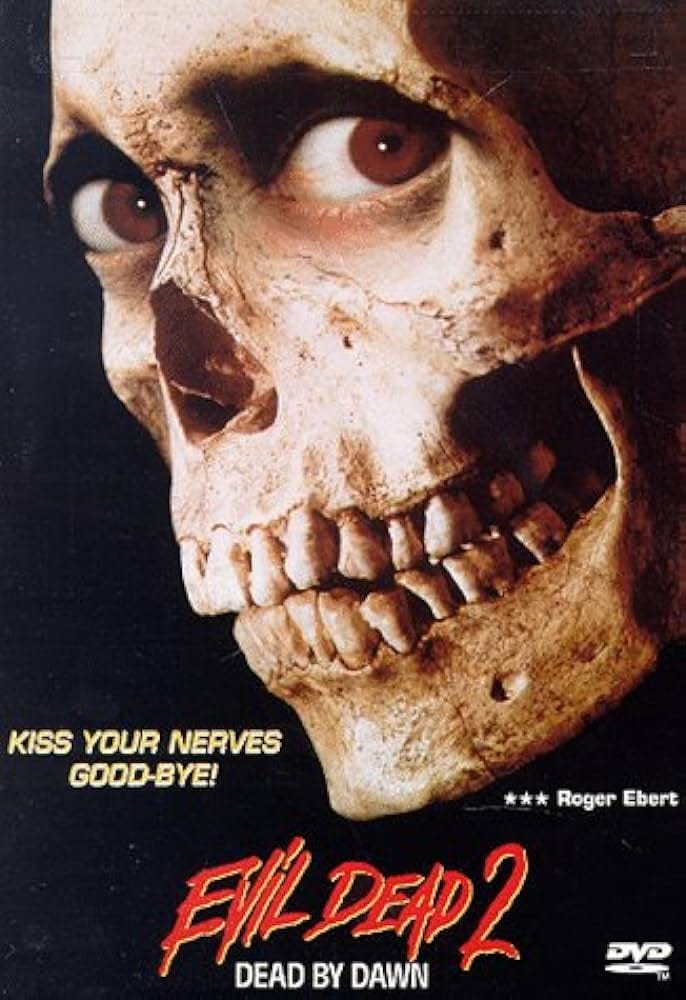
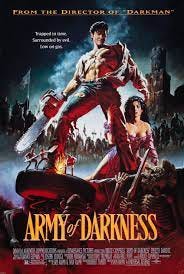

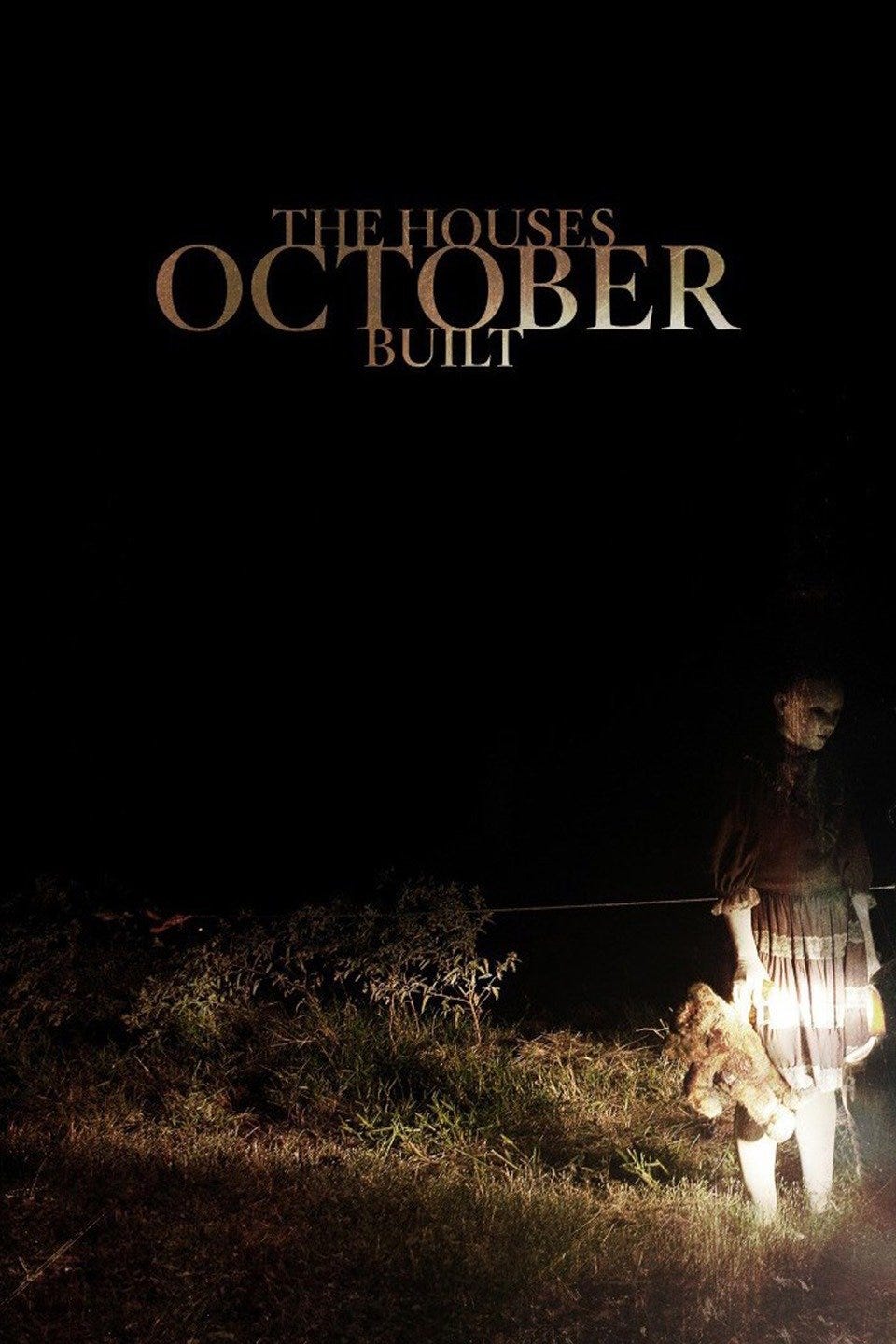
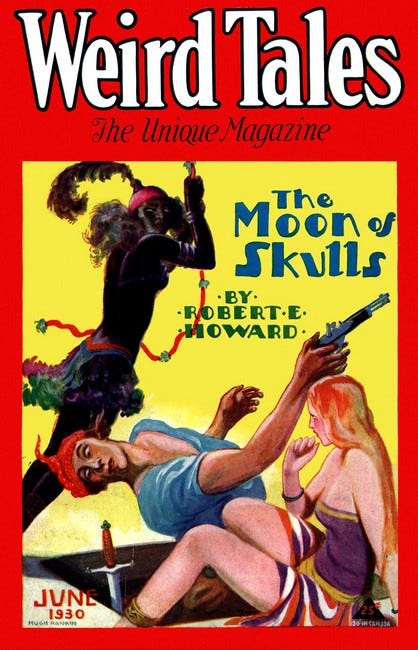
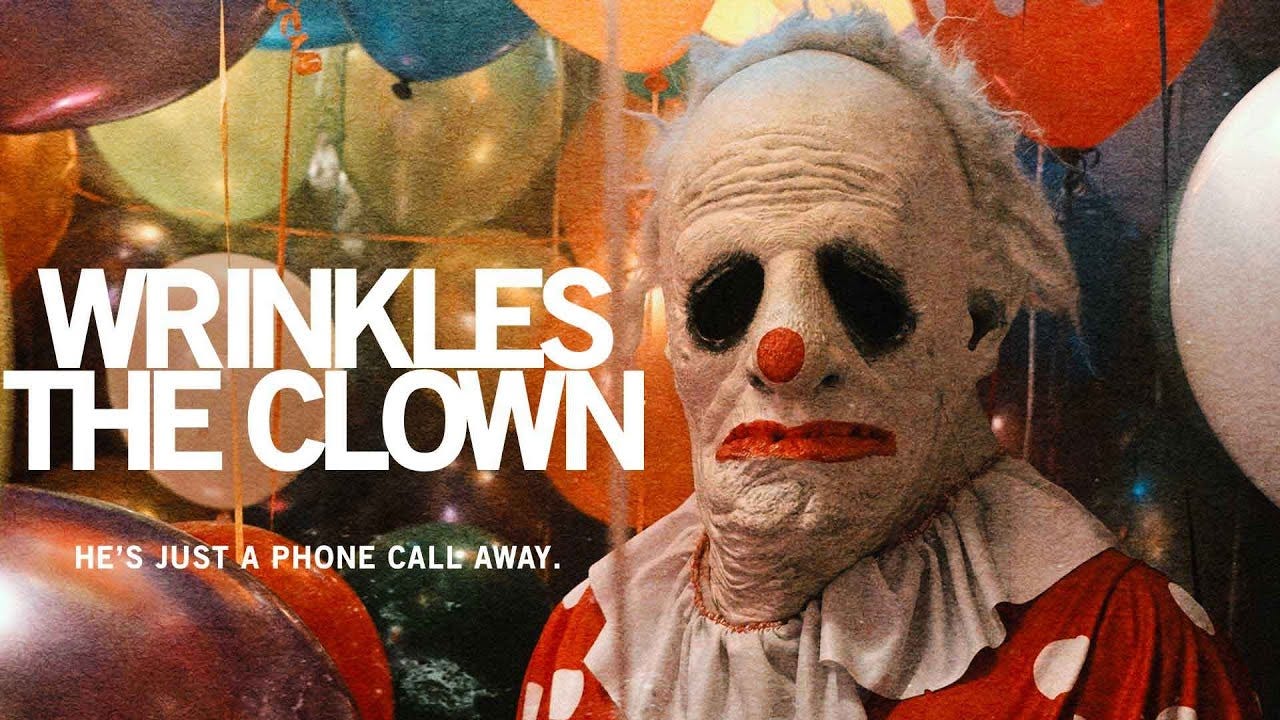

Aaahhhhh how I miss the era of grainy, tobacco-colored cinematography of the low-budget 70's and 80's films. It benefitted both Texas Chainsaw Massacre and the Evil Dead so well. I'd imagine on analogous media like Betamax and VHS tapes the horror aspects were amped up even more, frightening and inspiring a whole generation.
Also had no idea that del Toro called the Evil Dead "juvenile" (in a good way). He's totally right! The trilogy, especially Army of Darkness, is almost like a common machismo fantasy of being the alpha male hero and killing off objectively evil forces. Just black and white with not a whole lot of nuance. Not necessarily thought-provoking, but Raimi makes it hella entertaining. Great retrospective!
Nothing like a good horror story to promote a catharsis of fear, not unlike the cathartic elements of classical tragedy.